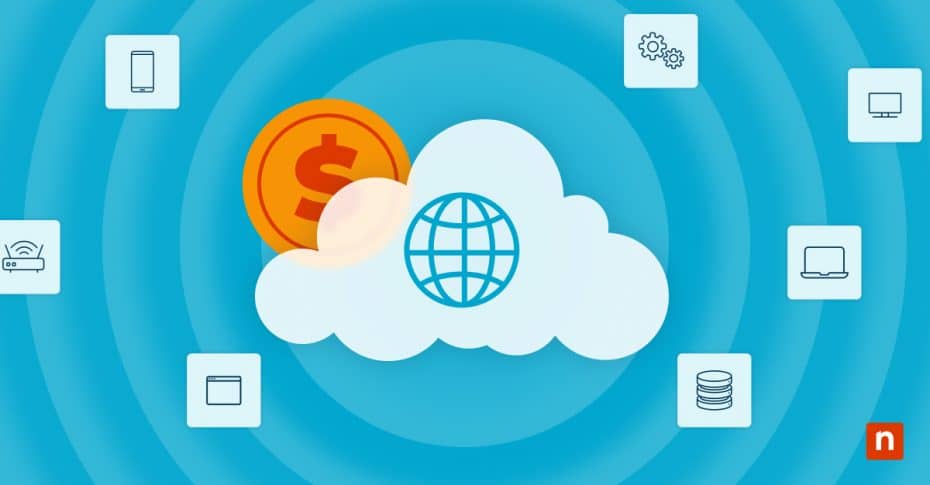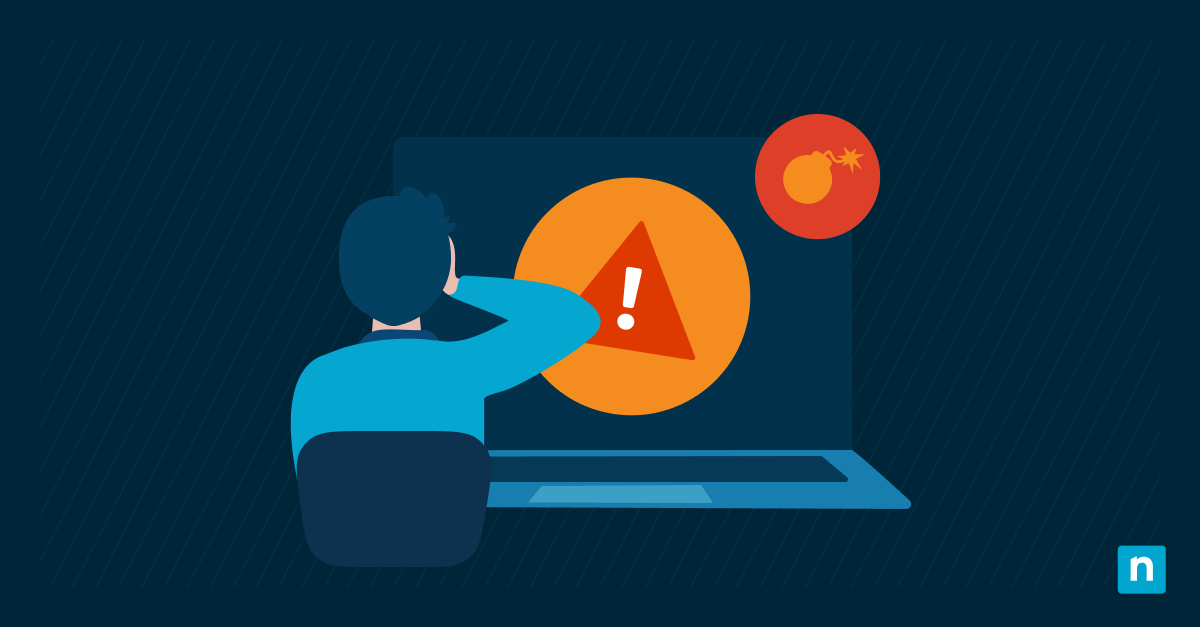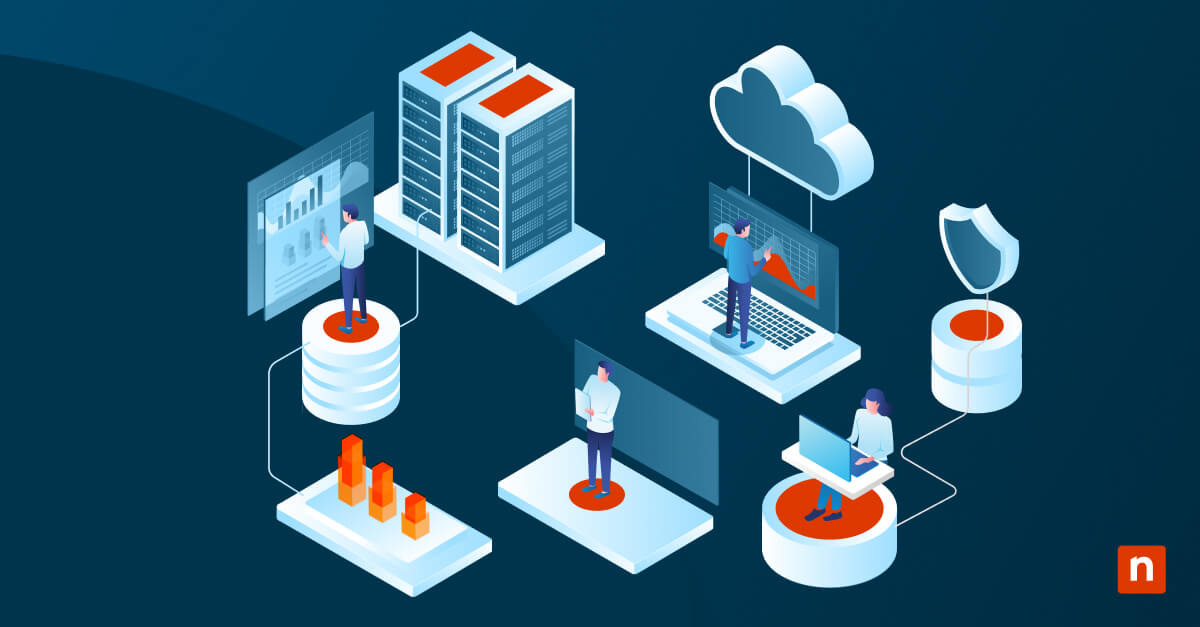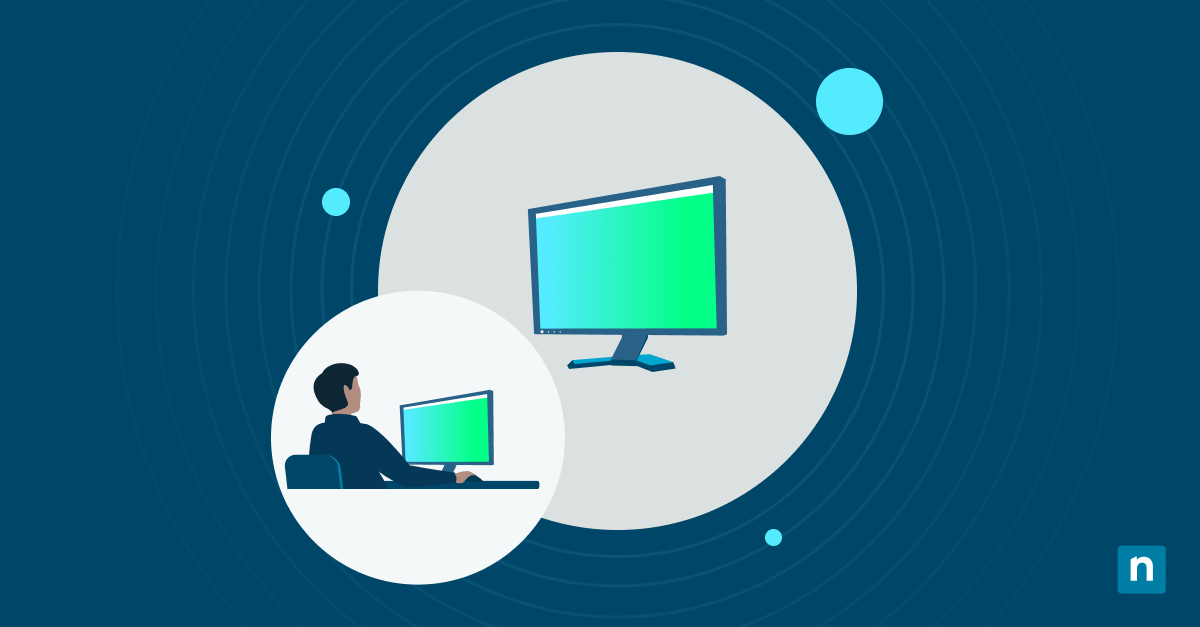In this article, we discuss network monitoring cost and the factors that may contribute to it. While every software vendor has its own network monitoring pricing framework, there are some general considerations.
Predicting network monitoring cost
The first step in determining the cost of monitoring is to consider what you want your network monitoring software to do.
Ideally, your network monitoring system should equip your IT department with the tools it needs to care for and optimize the network in your IT environment while reducing the need for manual intervention. Most importantly, your network monitoring systems should ensure that all network devices and other endpoints – from switches and routers to computers and smartphones – are tracked, evaluated, and optimized continuously.
In addition to monitoring, an effective alerting system should be in place to notify IT personnel of any potential issues in real-time. These alerts can be triggered by network anomalies, such as unusual traffic patterns, device failures, and security vulnerabilities. By proactively monitoring your network, your IT team can address potential problems before they impact business operations.
The goal of a network monitoring is to manage complex networks so that you can use your IT resources more efficiently and proactively address any network issues.
The number and extent of these functions significantly impact network monitoring service pricing. Many organizations make the common mistake of assuming that network management system pricing is a one-size-fits-all strategy. Various network management solutions may not necessarily meet your specific needs or come with unnecessary features that could significantly bloat your budget and lower your ROI.
Different network monitoring pricing models
| Pricing model | Description | Advantages | Disadvantages |
| Monitoring-Only | Provides businesses with network monitoring and alert services without maintenance or support |
|
|
| Per-Device | Charges a flat fee for each type of device used within the network |
|
|
| Per-User | Similar to the per-device model, the fee is applied per user instead. |
|
|
| Tiered pricing | Builds several bundled packages with increasingly more expensive features. |
|
|
| All-You-Can-Eat | Provides unlimited support at a fixed rate each month. |
|
|
| A La Carte | Bills you for specific services to address certain needs. |
|
|
How to choose the right network monitoring pricing model
Choosing the right network monitoring pricing model depends on your organization’s size, network complexity, and specific needs. For smaller organizations, per-device or per-user models offer simplicity and scalability, though costs need to be carefully considered as the organization grows.
Monitoring-only options provide a basic, affordable solution but may require add-ons for full coverage. Tiered pricing is more flexible, and all-you-can-eat models provide comprehensive services for a predictable cost, but both can become very expensive, and you may end up paying for features you don’t need. Lastly, a la carte pricing lets you pay for exactly what you need but requires careful balancing to receive the necessary coverage of your network monitoring.
💻 Gain single-pane visibility across all your SNMP devices with NinjaOne’s fully integrated RMM and network monitoring solution.
Key features and their impact on network monitoring pricing
Essential features of network software
Your network monitoring software should help maintain compliance and security standards while proactively detecting and resolving issues or threats. “Proactive” must be emphasized here, as it allows you to address issues before they become into bigger problems, minimizing downtime and enhancing operational efficiency.
Integrating with proactive network monitoring is a significant value proposition. Ideally, your vendor should offer these essential features:
- Real-time monitoring and customizable alerts: These provide instant visibility into network performance with alerts tailored to your specific needs.
- Automated configurations: IT automation helps streamline the setup and management of devices, reducing human error and saving time.
- Netflow traffic data: This provides granular insight into network traffic patterns so you can immediately detect any bottlenecks or anomalies.
- Hardware performance data: This monitors the health and performance of physical devices.
In addition, you may want to consider other features like machine learning-powered anomaly detection, root cause analysis tools, and remote troubleshooting capabilities, which can strengthen network visibility and the ability to resolve issues proactively.
Advanced network monitoring features and their cost implications
Your network monitoring and management software should be able to tackle numerous networking issues and provide remote management functions. As more businesses undergo a digital transformation, there is an increased need for these solutions. As such, you may want to consider other advanced features to enhance your network monitoring capabilities.
Some advanced network monitoring capabilities include AI-driven analytics for predictive issue resolution, automated incident response to minimize downtime, and cloud integration for monitoring hybrid workforces. You should also consider advanced security features like real-time threat detection and performance optimization tools.
Other factors influencing the cost of network monitoring include:
- SNMP devices: The number of SNMP devices may influence the overall network management software price. Given that it is almost impossible to manage and monitor so many different devices from afar, it is crucial to have robust SNMP implementation so you can regularly receive status updates in your network monitoring software.
- Software scalability: As your company—and, by default, your systems—grow and evolve, so do your monitoring needs. It’s a good idea to ask your vendor about their solutions that can accommodate growth and change while still providing efficient resource utilization.
- Vendor reputation: Network monitoring cost can be impacted by how reputable your intended software vendor is. Knowing how trusted your vendor is within the IT industry can give you important insights into how well they deliver their products, the type of support they offer, and how well they keep agreements. You may want to conduct a vendor risk assessment.
Balancing between must-have network monitoring features and cost
Effective network management software should help you visualize your entire IT infrastructure for proactive IT management. Nevertheless, you should work with your vendor to determine which features you need to avoid paying for unnecessary ones. As a general rule, look for a solution, like NinjaOne’s network monitoring and management software, that provides a centralized and actionable dashboard for your entire IT organization.
Budgeting for network monitoring software
Given the necessity of network monitoring, you may be tempted to select a tool with everything but the kitchen sink. However, best practices for network monitoring suggest that you always go back to the basics and follow these steps to avoid budget bloat:
- Assess your business requirements and match them with the appropriate solution
- Always account for maintenance, upgrades, and training in your budget
- Regularly review and evaluate your solution and its effectiveness
- Benchmark your solution with your competitors and adjust as needed
- Consider future trends and their possible cost implications
Network monitoring cost-saving tips
If your budget is limited, there are other ways to gain the functionality you need without compromising on quality. Some of these include looking for open-source options and modular pricing. Both options have their advantages and disadvantages, so take the time to research which one would best suit your business.
That being said, if you work in a highly sensitive industry that regularly deals with personal information, investing in a trusted network monitoring system may be a better choice. This way, you are assured that you have a significantly lower risk of data breaches or compromised devices.
The importance of network monitoring software trials and demos
It’s a wise idea to take full advantage of the free trials many software vendors offer. Doing so allows you and your IT to personally experience and test key features and ensure the software meets your specific needs. By experiencing the tool firsthand, you can identify any potential gaps or limitations, ensuring your intended solution not only aligns with your technical requirements but also offers the best total cost of ownership.
Is network monitoring software worth the cost?
It can get overwhelming to consider the different pricing models and necessary features of network monitoring software. However, regardless of your chosen pricing model, network monitoring software is always worth the cost. Monitoring traffic, identifying bottlenecks, and optimizing resource usage can improve IT efficiency and lead to better decision-making. That said, network monitoring pricing can become costly if it is not budgeted correctly or if you choose the first software without researching or first trying their free trials.
Finding the most appropriate network management software price
When determining the costs associated with network monitoring, always consider the total cost of ownership and your ROI. A great solution allows you to maintain high-security service levels and constant visibility of your IT infrastructure. Choosing the right tools will help you save money in the long run while also helping support every aspect of your organization’s IT environment.
NinjaOne’s network monitoring tool with its custom SNMP monitoring and customizable features, gives you the tools you need to gain single-pane visibility across all your SNMP devices. Custom-built into its automated endpoint management, NinjaOne network monitoring helps you uncover any issues with your SNMP devices through hundreds of alerting conditions.
If you’re ready, request a free quote, sign up for a 14-day free trial, or watch a demo.








